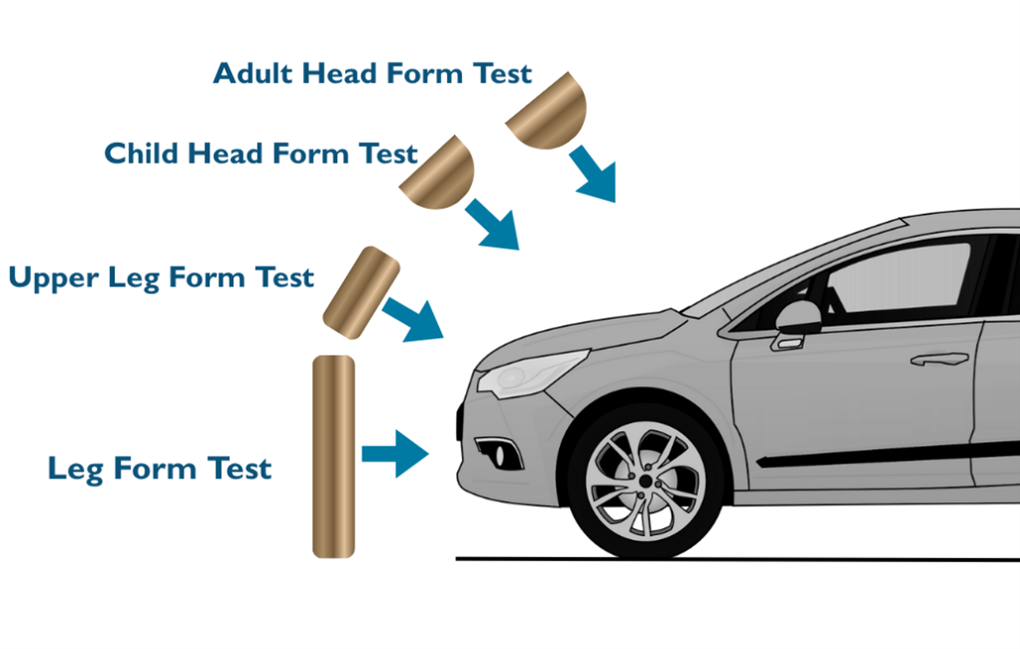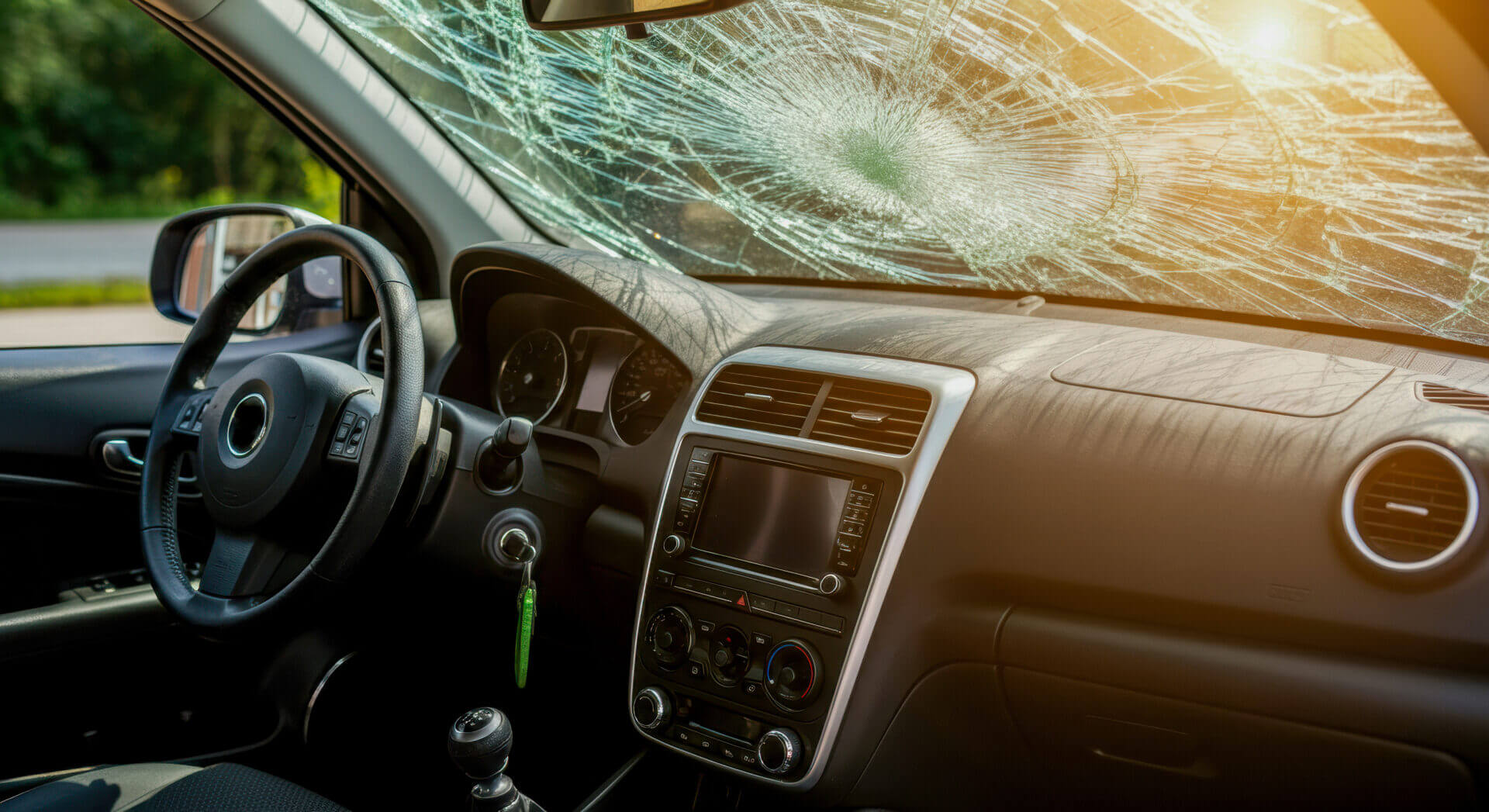Historically, pedestrian safety has been one of the most overlooked aspects of vehicle design. While significant strides have been made in protecting vehicle occupants through crashworthiness innovations like seatbelts, airbags, and energy absorbing structures, the same level of attention was not initially extended to those outside the vehicle. However, with the rise in urban populations and the increasing number of vulnerable road users (VRUs), pedestrian protection has become a critical focus in automotive engineering and regulation.
A Brief History of Pedestrian Safety
The first recorded road accident fatality occurred in 1896, when Bridget Driscoll, a pedestrian, was struck by a motor car in London. The coroner expressed hope that such tragedies would not be repeated. Unfortunately, it’s estimated that over 120,000 pedestrian deaths have occurred in the UK since then. Early legislative efforts, such as the Road Traffic Act of 1930 and the introduction of Zebra Crossings in 1949, aimed to provide basic preventative measures for pedestrians. However, these measures did not improve the protection afforded to pedestrians when a collision did occur.
While there were examples of pedestrian focused design in vehicles, it wasn’t until testing was introduced in the late 20th century that pedestrian safety began to be integrated into the wider vehicle fleet. The launch of EuroNCAP in 1997 marked a turning point, introducing consumer-focused crash testing that included pedestrian impact assessments. This was followed by regulatory milestones such as the EC Directive 2003/102 and the Pedestrian Safety Regulation No. 78/2009, which mandated pedestrian safety performance from the front-end design of vehicles.

Pedestrian Impact Dynamics
To design safer vehicles, engineers must first understand how pedestrians interact with vehicles during a collision. Pedestrian impacts typically occur over a very short duration (less than 0.2 seconds), with the head often striking the bonnet or windscreen within 0.1 seconds of initial contact. The nature of the impact varies depending on the vehicle’s front-end geometry and the pedestrian’s posture and movement at the time of collision.
Common impact scenarios include;
- Wrap-forward projections, where the pedestrian wraps around the bonnet and is then thrown forwards
- High-fronted projections, often seen with SUVs and trucks, where the pedestrian is launched forward and lands some distance in front of the vehicle
- Glancing collisions, which can result in the pedestrian being spun or thrown sideways
Each of these scenarios presents unique challenges for injury mitigation and requires targeted design interventions.
Designing for Safety: Key Impact Zones
To mitigate pedestrian injuries, vehicle designers focus on three primary impact zones: the bonnet, bumper, and windscreen. These zones are responsible for the majority of serious injuries in pedestrian collisions, and have therefore become the focus of both regulatory testing and design innovation.
Head injuries are the leading cause of death in pedestrian collisions. When a pedestrian is struck, their head often impacts the bonnet or windscreen, frequently resulting in skull fractures and/or traumatic brain injuries. To address this, vehicles are now tested using headform impactors that simulate real-world collisions. These tests have driven the adoption of energy absorbing bonnet designs, active bonnet systems that lift upon impact, and changes to vehicle geometry to increase clearance between the bonnet and engine components.
Leg injuries are also common, particularly to the long bones, and knee ligaments. The bumper and the leading edge of the bonnet are the primary contact points. Modern bumpers are designed with energy-absorbing materials and rounded edges to minimise injury. Testing protocols use legform impactors equipped with sensors to measure forces on bones and joints, ensuring that bumper designs meet safety standards.

The Windscreen Dilemma
Despite advancements in bonnet and bumper design, the windscreen remained unregulated for pedestrian head impacts until recently. In-depth forensic investigations revealed that a significant proportion of serious head injuries occurred from impacts with the windscreen, particularly in areas not covered by existing testing protocols. A 2018 study by the author titled Casualty Benefits of Measures Influencing Head to Windscreen Area Protection, highlighted that 42% of killed or seriously injured pedestrians contacted untested areas, with 22% suffering serious head injuries.
This research formed part of the evidence base that led to the amendment of Regulation 127 in March 2025, which extended the testable area using headform impactors to include the windscreen. This regulatory update aligns testing protocols more closely with real-world injury data, addressing previously overlooked impact zones.

Active Safety Technologies & Innovation
In addition to passive safety features, modern vehicles are increasingly equipped with active safety systems designed to prevent collisions altogether. Technologies such as Advanced Emergency Braking (AEB) systems with pedestrian detection use sensors to identify potential collisions and automatically apply the brakes. Additional systems, including Intelligent Speed Assistance (ISA), night vision, and surround-view cameras further enhance driver awareness and response times.
Studies have shown that AEB systems could potentially prevent up to 56% of pedestrian fatalities and serious injuries, provided the collision parameters fall within the system’s operational range. However, these technologies are not foolproof and must be complemented by robust passive safety features to protect pedestrians when collisions do occur.
The Role of Forensic Investigation
Forensic collision investigators play a vital role in understanding how vehicle design influences pedestrian injury outcomes. Pedestrian protection is a complex and evolving field that requires collaboration between engineers, regulators, and forensic experts. While considerable advancements have been made, particularly in bonnet and bumper design, ongoing challenges persist, especially in areas like windscreen safety and visibility in heavy vehicles. The integration of active safety technologies and the expansion of regulatory testing into previously unregulated zones mark important milestones. However, innovation often outpaces regulation, highlighting the importance of continuous research and real-world data analysis.
Watch Adam’s Webinar to explore more on this topic. Click Here
About the Author
Adam Barrow is an expert in road traffic collision reconstruction, with over 13 years of experience in the field. With an academic foundation in Biomedical Sciences and Biomechanics from the University of Manchester, Adam developed a deep understanding of vehicle crash dynamics and injury mechanisms. His career includes a pivotal role at the UK’s Transport Research Laboratory, where he led the Collision Research team and managed the award-winning National Highways Fatality Research Programme.
Prior to joining Hawkins, Adam worked at WSP, contributing to major national engineering safety initiatives, including Smart Motorway upgrades. His expertise spans collision analysis, vehicle safety, injury biomechanics, and road system safety, making him a valuable addition to Hawkins’ forensic investigation team. If you would like to speak to Adam or another member of our RTC team, please contact us.





